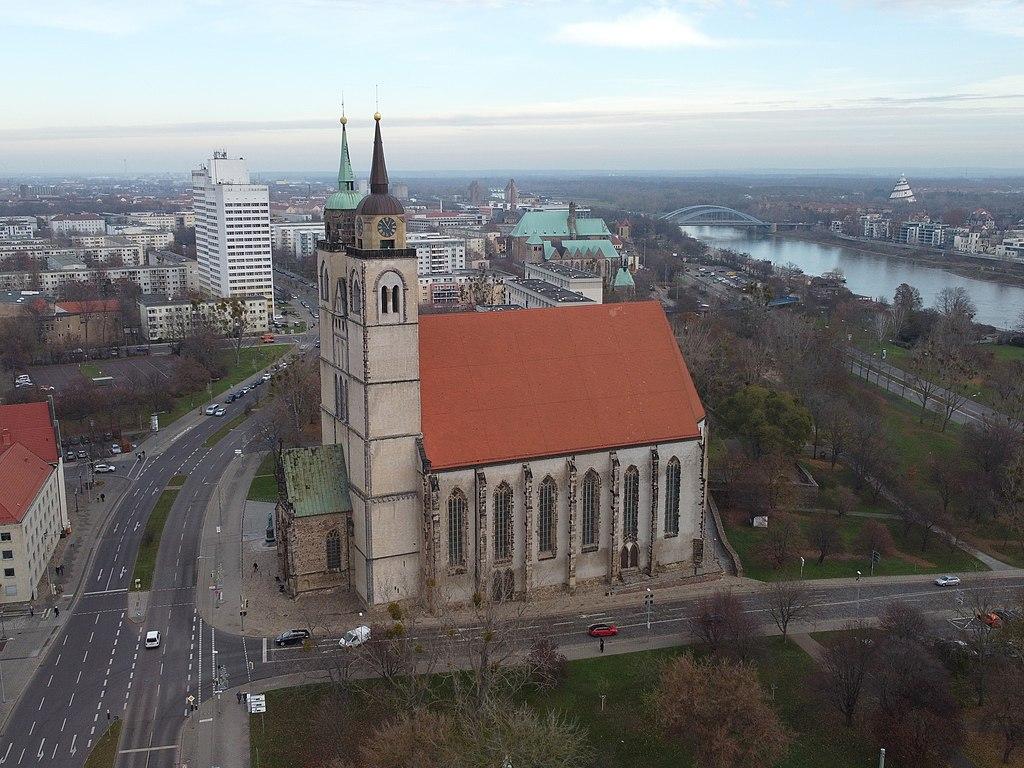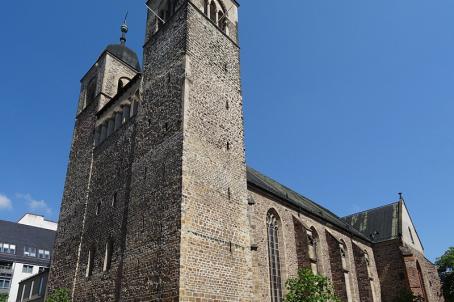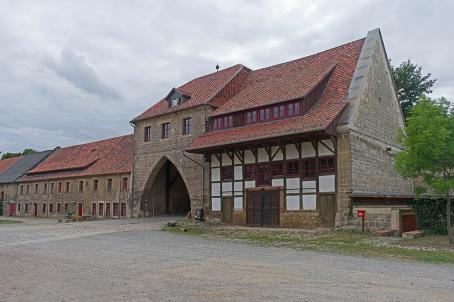Johanniskirche

The Johanniskirche Magdeburg, a historic church and event venue, has a rich history dating back to the 10th century. It underwent destruction and multiple reconstructions, and now showcases a blend of modern and historical elements, including stunning stained glass windows.
About this building
The Johanniskirche Magdeburg, also known as Sankt-Johannis-Kirche, is a unique multifunctional venue and museum that holds concerts, exhibitions, and other events. It has a long and tumultuous history, dating back to the 10th century, and has undergone multiple reconstructions due to fires and destruction. The church played a significant role in the Protestant Reformation, hosting a sermon by Martin Luther in 1524. It suffered extensive damage during the Thirty Years' War and was further devastated in World War II.
Despite being a ruin for many years, the church was eventually restored, preserving its outer walls and some pillars. The interior juxtaposes modern elements with historical charm, featuring impressive stained glass windows designed by Max Uhlig. Visitors can also climb the South Tower for breathtaking views of Magdeburg. The Johanniskirche Magdeburg stands as a remarkable architectural gem with a rich historical legacy, attracting visitors from near and far.





